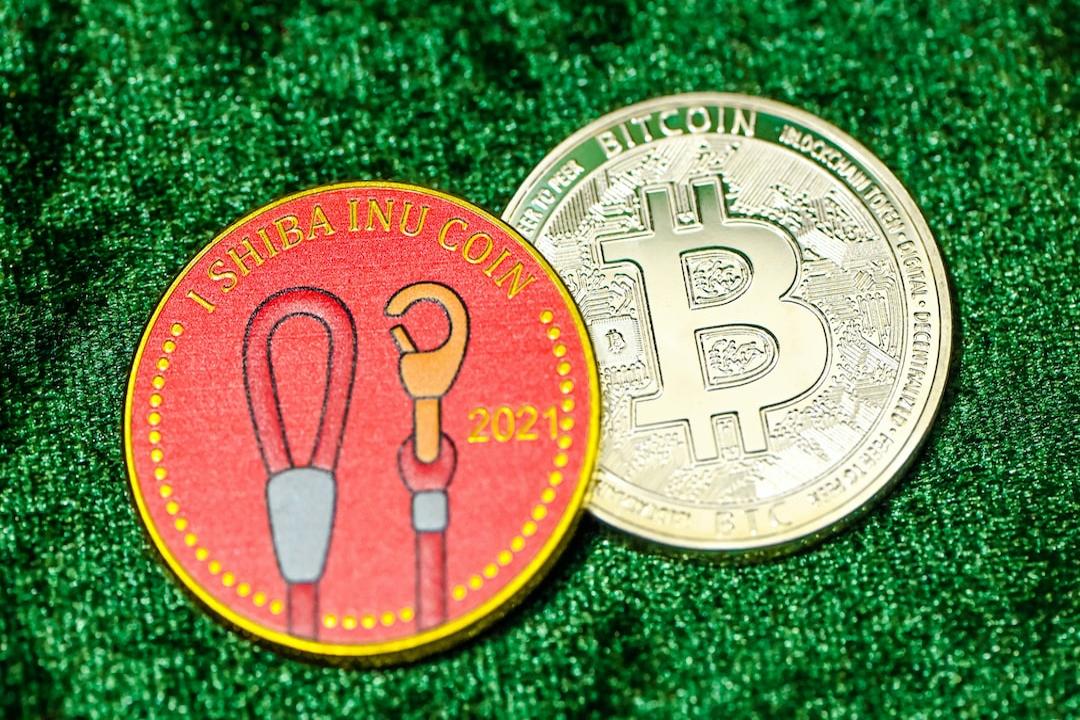The Nature of U.S. National Debt and Market Mechanisms
The U.S. national debt, known as the “safe haven” of the global financial market, essentially represents the “IOUs” issued by the U.S. government when borrowing from investors. These IOUs promise to repay the principal on a specific date and pay interest at an agreed-upon rate. However, when countries or institutions holding national debt choose to sell off their holdings for various reasons, it triggers a series of market reactions that can impact both the U.S. and the global economy. This article will analyze the implications of Japan holding $1.2 trillion in U.S. national debt, focusing on the price decline and yield increase caused by the sell-off, as well as the profound effects on U.S. finances, revealing the logic and risks behind this financial phenomenon.
(Background: Jamie Dimon, CEO of JPMorgan Chase, warns that U.S. debt will “eventually lead to trouble” and the Federal Reserve may repeat the 2020 market rescue scenario! Will Bitcoin benefit from the rise?)
(Context: Following a historic week, both Bitcoin and U.S. stocks have rebounded, but the market has fundamentally changed.)
Japan’s Hypothetical Scenario of Selling U.S. Debt
Suppose Japan decides to sell off a portion of its $1.2 trillion in U.S. national debt due to economic needs (such as stimulating domestic consumption or addressing exchange rate pressures), flooding the market with a large amount of these “IOUs.” According to the principle of supply and demand, the sudden increase in the supply of national debt will lead to a decrease in investors’ bids for each bond. For instance, a bond originally valued at $100 might only sell for $90.
This price decline would significantly alter the yield on the national debt. Continuing with the example of a bond with a face value of $100, an annual interest rate of 3%, and maturing in one year with a total repayment of $103:
- Normal Scenario: An investor pays $100, receives $103 at maturity, resulting in a yield of 3% ($3 interest ÷ $100 principal).
- Post-sell-off: If the market price falls to $90, an investor buys at $90 but still receives $103 at maturity, achieving a profit of $13, resulting in a yield of 14.4% ($13 ÷ $90).
Thus, the sell-off leads to a decline in bond prices and an increase in yields. This phenomenon is referred to in financial markets as the “inverse relationship between bond prices and yields.”
The Direct Consequences of Rising Yields
The rise in U.S. bond yields has multifaceted impacts on the market and the economy. First, it reflects changes in market confidence regarding U.S. national debt. An increase in yields indicates that investors are demanding higher returns to offset risk, potentially due to a large sell-off or heightened concerns about the health of U.S. finances.
More importantly, rising yields directly increase the cost of newly issued national debt. The U.S. government’s debt management strategy is often referred to as “borrowing to pay off debt”—issuing new bonds to finance the repayment of maturing old bonds. If market yields remain at 3%, new bonds can offer similar rates. However, when market yields surge to 14.4%, new bonds must offer higher rates to attract investors; otherwise, there would be no interest.
For example, if the U.S. needs to issue $100 billion in new bonds:
- At a yield of 3%: Annual interest payment is $3 billion.
- At a yield of 14.4%: Annual interest payment increases to $14.4 billion.
This disparity means a heavier financial burden on the U.S. government, especially considering that current U.S. debt has exceeded $33 trillion (as of 2023, expected to rise further by 2025). The spike in interest payments will squeeze other budgets, such as infrastructure, healthcare, or education.
Fiscal Dilemma and the Risks of “Robbing Peter to Pay Paul”
The U.S. government’s debt cycle relies on low-cost financing. When yields rise and new bond rates climb, fiscal pressure increases sharply. Historically, the U.S. has maintained debt sustainability through “robbing Peter to pay Paul”—borrowing new debt to repay old debt. However, in a high-interest rate environment, the costs of this strategy balloon rapidly.
Triggered by a Japanese sell-off, if market yields remain high, the U.S. could face the following dilemmas:
- Debt Snowball Effect: High yields lead to interest payments consuming an increasing proportion of the fiscal budget. According to the U.S. Congressional Budget Office (CBO), if rates continue to rise, by 2030, interest payments could exceed 20% of the federal budget. This would limit the government’s flexibility in economic stimulus or crisis response.
- Market Confidence Erosion: As U.S. bonds serve as a global reserve asset, unusual fluctuations in their yields could raise concerns among investors regarding U.S. credit ratings. Although the U.S. has maintained a AAA rating to date, Standard & Poor’s downgraded it to AA+ in 2011. A large-scale sell-off could exacerbate similar risks.
- Monetary Policy Pressure: Rising U.S. bond yields may force the Federal Reserve to adjust monetary policy, such as raising the federal funds rate to curb inflation expectations. This would further increase borrowing costs, affecting businesses and consumers.
The Global Economic Impact
To mitigate the crisis triggered by the sell-off, the U.S. and the global financial system must adopt multiple measures:
- U.S. Fiscal Reform: By optimizing taxation or cutting expenditures, the reliance on debt financing can be reduced, enhancing market confidence in U.S. bonds.
- International Coordination: Major creditor nations (such as Japan and China) and the U.S. can negotiate through bilateral talks to gradually reduce their holdings of U.S. bonds, avoiding severe market fluctuations.
- Intervention by the Federal Reserve: In extreme situations, the Federal Reserve might purchase U.S. bonds through quantitative easing (QE) to stabilize prices and yields, though this could exacerbate inflation risks.
- Diversified Reserves: Global central banks could gradually diversify their foreign exchange reserves to reduce reliance on U.S. bonds, spreading the risk of a single asset.
Conclusion
The U.S. national debt is not only a government “IOU” but also a cornerstone of the global financial system. The hypothetical scenario of Japan selling $1.2 trillion in U.S. debt reveals the delicate and complex balance of the bond market: sell-offs lead to price declines and yield increases, subsequently raising the fiscal costs for the U.S., which could even shake the stability of the global economy. This chain reaction reminds us that the debt decisions of a single country can have far-reaching global ramifications. In the current context of high debt and high interest rates, nations must carefully manage financial assets and work together to maintain market stability to prevent the “robbing Peter to pay Paul” debt game from evolving into an unmanageable fiscal crisis.



